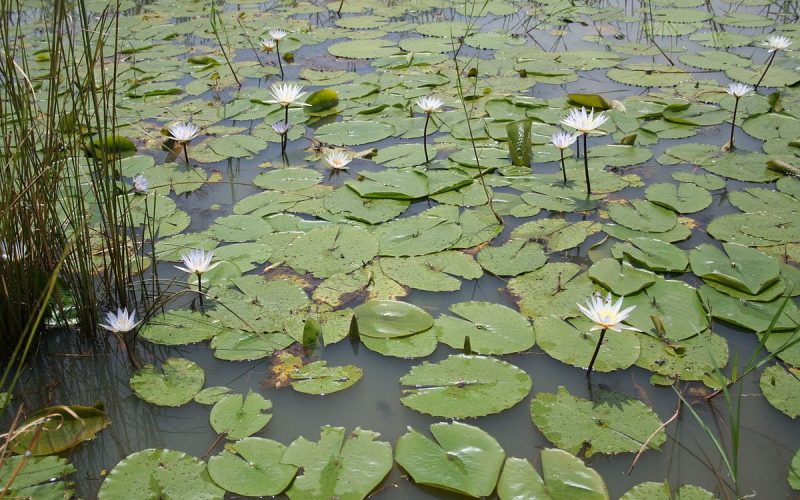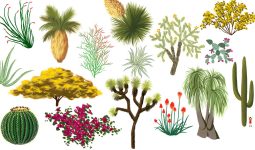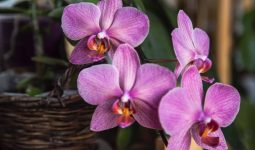Nymphaea Micrantha ( Nymphaea ), Commonly called “Water Lilies,” are trendy plants. These plants are categorized as aquatic as they have adapted to living in a complete water environment.
The leaves of these plants are supported individually on leaf stalks known as petioles. Water Lily blossoms vary greatly in size and color. They can survive in neutral to alkaline water and thrive best in full sun.
If you plan to plant them at home, it should be done in water that is not cooler than 75 degrees F. If planed in water colder than 75 degrees; the plant will go into a dormant state. The planting times for this plant vary by hardiness zone.
Characteristics
- Cultivar: n/a
- Family: Nymphaeaceae
- Size: Height: 0 ft. to 0 ft.
- Width: 2 ft. to 2.5 ft.
- Plant Category: aquatic plants, landscape, perennials,
- Flower Characteristics: single,
- Flower Color: blues, whites,
- Tolerances: wind
About Nymphaea Micrantha
The beautiful Nymphaea micrantha is one of the most popular water lilies in the tropics. It is a recent but already very famous addition to the plants you can add to your aquarium.
This water lily is native to West African countries where it can be spotted growing in ponds, acidic lakes, and slow-moving streams and rivers. This species can be obtained easily from its natural habitat, or from retailers who import plant nurseries around the world.
N. micrantha, like every other plant belonging to the Nymphaea genus, is a water lily that grows submerged and floating leaves. There are two forms of this species that exist in the hobby: one that comes with subtly-variegated reddish, greenish, and brownish leaves, and the other with smaller, bright green leaves featuring spots of reddish-brown color.
Though the first type we described was the first of both variations to be imported and cultivated, the later has quickly displaced it for a number of obvious reasons. The later is a bit more agreeable and smaller-growing in the aquarium.
No matter what type of N. micrantha you choose to plant, all of them require intense light and a suitable substrate to get desired robust and healthy growth.
Fertilization of this plant with both macro- and micronutrients are needed to maintain the right size and color though some sources have stated that the one that comes with green leaves with red spots does not do well when in contact with excessive levels of micronutrient fertilizers.
CO2 supplementation will produce more vigorous and rapid growth. Sometimes, this species forms floating leaves in the aquarium, but that behavior can easily be reduced by shortening the photoperiod.
Propagation of any variation of the N. micrantha is easily accomplished by severing the adventitious plants that grow just above the stems (petioles) on the leaves and then replanting them. It is rare and difficult to propagate this plant by seeds.
Both forms of this water lily species are best fit to medium- to large-sized aquariums where they perform best as well-lit centerpieces. Because of their variably-colored foliage, these plants contrast well with most plants that have a stem, regardless of texture or color.








